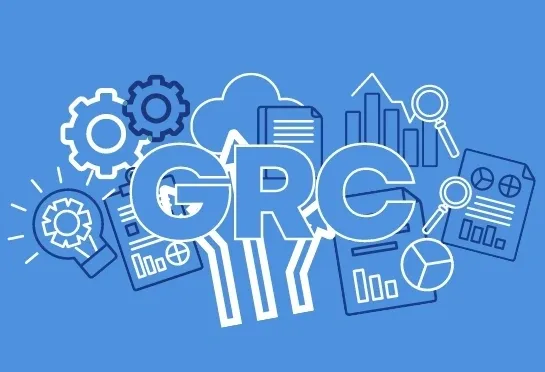
1- AI in GRC
-
AI’s expanding role in GRC for proactive risk management.
-
Government emphasis on AI governance and responsible use.
2- Vendor Risk Management
-
Extend risk focus to third and nth-party risks.
-
Continuous monitoring and quantification essential.
3- Proactive Compliance
-
Surge in financial crime compliance expenses.
-
Shift from reactive to proactive compliance with centralized platforms.
4- Cybersecurity Vigilance
-
Proactive risk management post-MGM cyber attack.
-
New SEC rules redefine cybersecurity standards.
5- People Risks Safeguarding
-
Employees as frontline defenders.
-
Training programs for awareness.
6- Third-Party Risk Intensification
-
Unified risk truth for complex extended enterprise.
-
Continuous identification and monitoring vital.
7- Simplifying GRC with Platforms
-
Modern cloud platforms for simplicity and unification.
-
API integration for streamlined processes and automation.
8- Connected GRC Strategy
-
Adopt connected GRC for effective risk navigation.
-
Unified GRC platform critical for comprehensive risk management.
9- Continuous Control Monitoring
-
Emphasis on real-time risk views through automation.
-
Continuous control monitoring for rigorous testing and threat detection.
10- Assessing Non-Financial Risks for Competitive Edge
-
Recognition of non-financial risks (NFRs) such as misconduct and cybersecurity breaches is increasing due to their potential impact on financial losses and reputation. To manage NFRs effectively, organizations are emphasizing risk quantification, employing methods like statistical analysis and Monte Carlo simulations for comprehensive risk modeling.
These trends and resolutions empower organizations to fortify governance, risk, and compliance against evolving threats in 2024.







